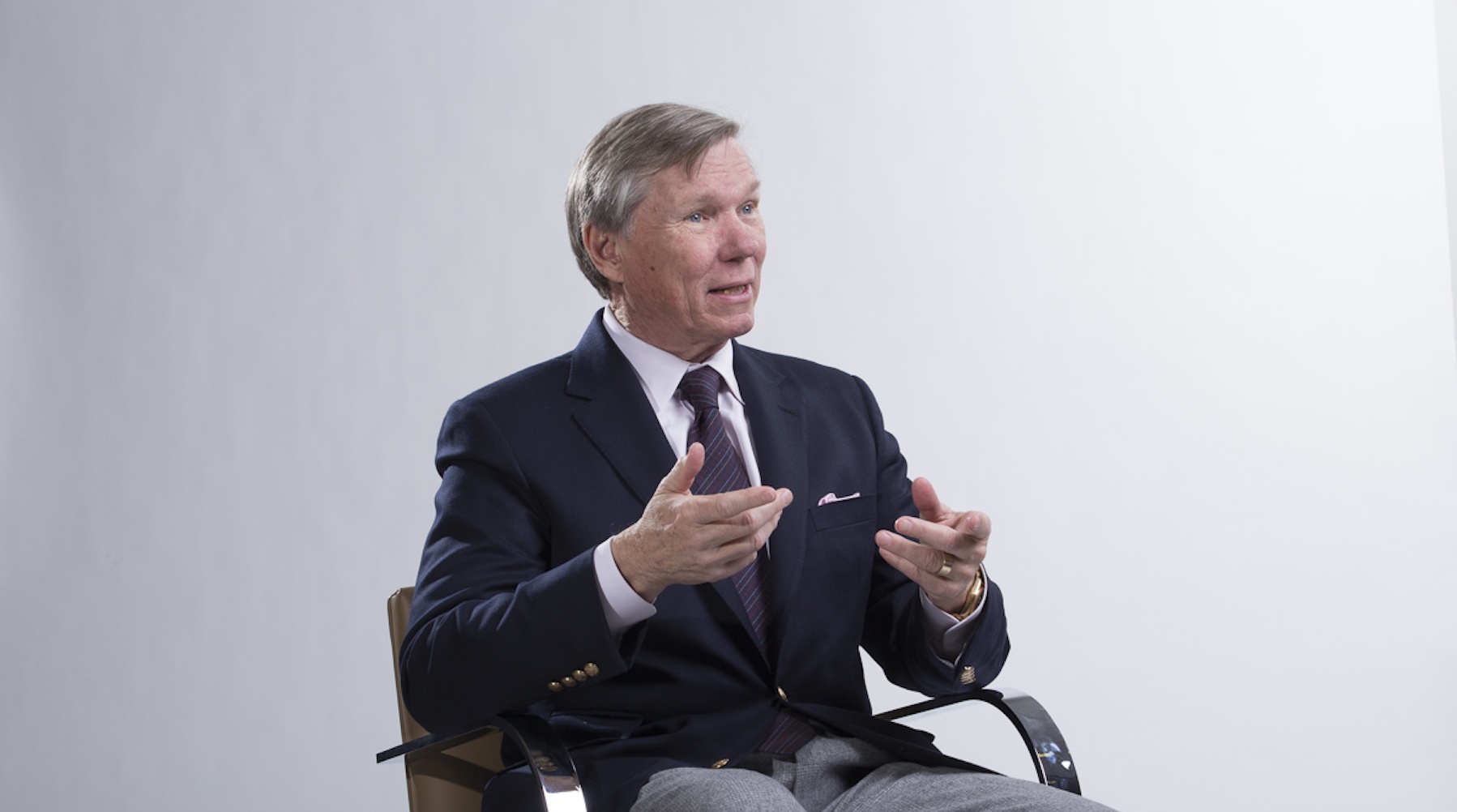Typically, a promising new experimental drug arrives on the scene with a flourish. Or, to be more accurate, a news release.
For the compound known as NHPN-1010, that news release came earlier this month. It announced that a Korean biotechnology company, Oblato, had acquired all rights to the drug, which scientists at the Oklahoma Medical Research Foundation and Hough Ear Institute had jointly discovered as a potential way to prevent and treat hearing loss.
The announcement was, of course, true. But the simple ta-da! flavor of the news belied a more complicated history.
The compound had not simply materialized and proclaimed its potential to guard against damage to sensory cells, nerves and hair cells in the inner ear. Rather, that milestone came only after decades of research and experimentation, and progress proved anything but linear.
Indeed, to the naked eye, eureka moments appear to fuel drug discovery. And, of course, you can’t have a life-changing medication without a paradigm-shifting breakthrough.
But when it comes to successfully moving a compound down the long and winding road from the laboratory to the clinic, what separates the winners from the losers is often not the greatness of that initial insight. Rather, getting a discovery to the finish line is all about dealing with — and overcoming — failure.
A stroke drug fails
Fourteen years ago, the experimental compound then known as Cerovive looked dead. Kaput. Another once-promising compound tossed into the trash heap of didn’t-quite-make-it new drugs.
The drug company AstraZeneca had developed Cerovive based on discoveries made in the late 1980s at OMRF. In a series of experiments at OMRF, Robert Floyd, Ph.D., had found a compound that had neuroprotective properties.
In rodents, the chemical seemed to guard the brain against injuries typically caused by strokes. A series of follow-up experiments showed that, even when administered following strokes, the compound could reverse some of the damage inflicted when arterial blockages cut off blood flow to the brain.
In the ensuing 15 years, AstraZeneca built this compound into the experimental drug Cerovive, then took the medication through a series of clinical trials in patients. At each step, the drug showed a spotless safety profile, devoid of side effects or dangers for patients.
However, in a crucial multicenter trial involving thousands of patients, Cerovive failed to demonstrate that it could protect the brain from damage caused by strokes. So, the drug company abandoned the medication.
And that’s how the story would have ended — but for a curious scientist.
Rising from the ashes
After more than a quarter-century as a physician in the U.S. Army, Dr. Richard Kopke retired in 2004 to join Hough’s staff in Oklahoma City. In the service, Kopke had treated countless soldiers who’d suffered hearing loss as a result of bomb blasts or prolonged noise exposure, so he set to work to find ways to prevent and treat these conditions.
In his lab at Hough, Kopke worked with a compound that showed marginal protection in these situations. But he thought he might be able to do better if he combined it some compounds that another Oklahoma City scientist — OMRF’s Floyd — had experimented with and found similar effects.
The proposal intrigued Floyd, who provided Kopke with one of the compounds: the one formerly known as Cerovive. When Kopke administered this drug in combination with the one he’d been using to rodents before exposing them to noise challenges, he found the drugs reduced hearing loss. Even when given after the noise exposure, the combination — which came to be called NHPN-1010 — offered some protection to the tiny hairs in the inner ear that are crucial to hearing.
In 2010, OMRF and Hough licensed the technology to a newly created Oklahoma startup company, Otologic Pharmaceutics. With backing and guidance from i2E and group of local investors, the company conducted a successful early-phase human clinical trial that demonstrated safety. Meanwhile, ongoing research at Hough also showed that NHPN-1010 may regenerate and reconnect damage once thought to be irreversible to nerve endings on hair cells in the ear.
Moving forward
With the new licensing agreement in place, Oblato the Korean biotech company, expects to initiate what’s known as a Phase 2 clinical trial. This will test the drug’s ability to prevent and treat hearing loss in human patients.
Success in clinical trials would transform the lives of many, as hearing loss represents a massive unmet medical need. There currently exist no treatments for this condition, which affects almost a half-billion people worldwide.
While NHPN-1010 has already traveled great lengths, the path ahead remains a long one. And that road will undoubtedly contain unanticipated curves and detours.
Still, I wouldn’t bet against it. After all, no one would have imagined that a failed stroke drug would find a new life as a hearing loss treatment.
Sometimes, it seems, you can teach an old drug new tricks.



